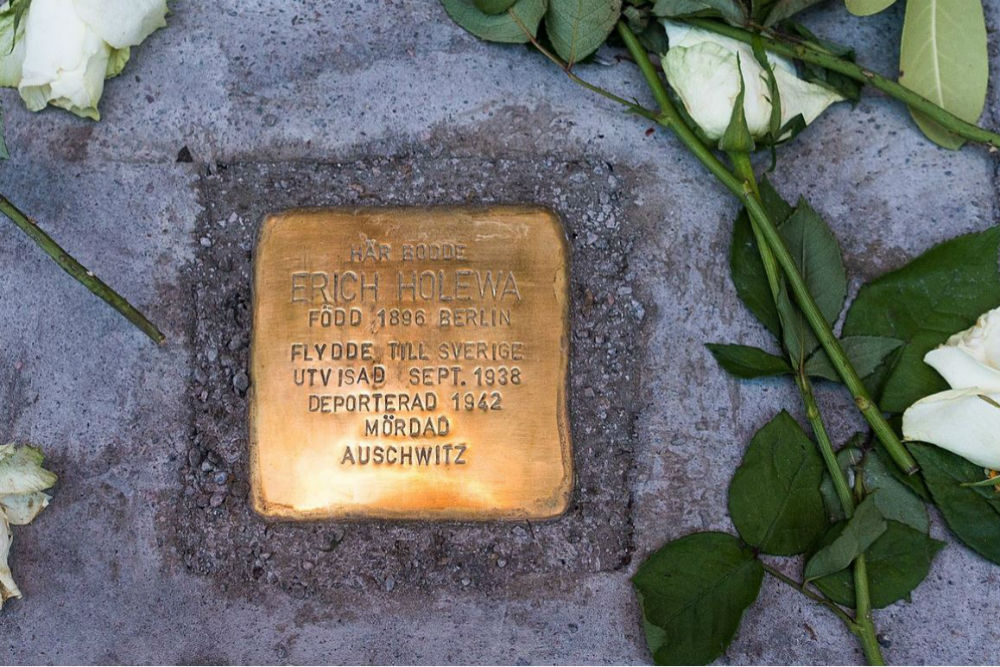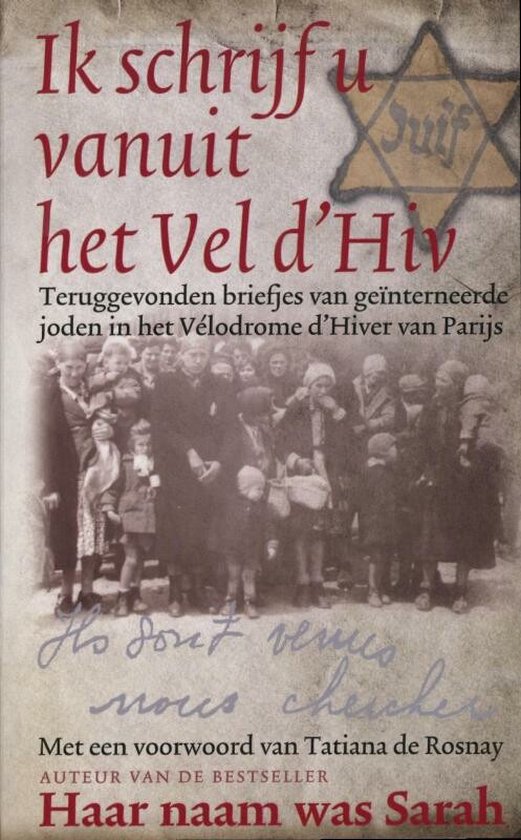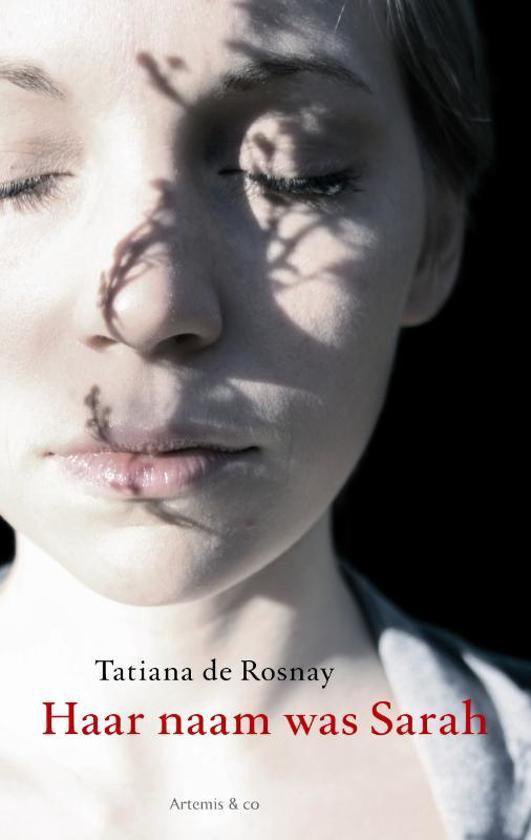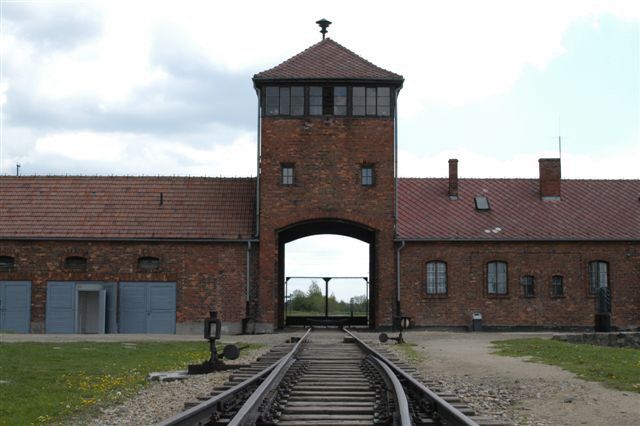Stumbling Stone Kungsholmstorg 6
This small brass memorial plaque (stumbling stone or stolperstein) commemorates Erich Holewa.
* Här bodde Erich Holewa, född 1896 Berlin, flydde till Sverige, utvisad Sept. 1938, deporterad 1942, mördad, Auschwitz.
Here lived Erich Holewa, born 1896 Berlin, fled to Sweden, expelled Sept. 1938, deported 1942, murdered Auschwitz.
Erich Holewa, a German Jew, was born in Berlin in 1896. In August 1938, he applied for a Swedish residence permit in order to join his brother in Stockholm at this Kungsholmstorg 6 address. He lived there for a while, and he also applied to have his wife and child (Lotte and Peter) join him. But his application was denied, and he was forced to leave Sweden. He returned to Germany and applied again. He next fled to Belgium and applied yet again from Antwerp.
In May 1940, Erich Holewa and son Peter were arrested in Antwerp by the German occupier. Both were deported to Camp de Noé in France, where Peter Holewa was killed on 2 February 1942. Two years later, Erich was deported from Drancy Camp in France to Auschwitz. Only 8 of the 1000 Jews on that transport train were known to have survived the war. Erich Holewa was not among them. His wife, Lotte Holewa née Salomon, was taken from Antwerp and then deported two weeks before Erich from Mechelin Camp in Belgium to Auschwitz and murdered.
This stumbling stone, (snubbelsten in Swedish) was installed on 14 June 2019 -- one of the first three stolpersteine ever installed in Sweden. The other two also commemorate men who sought refuge in Sweden but were expelled: Hans Eduard Szybilski at Apelbergsgatan 36 and Curt Moses at Gumshornsgatan 6.
"Stolpersteine" is an art project for Europe by Gunter Demnig to commemorate victims of National Socialism (Nazism). Stolpersteine (stumbling stones) are small, 10x10cm brass plaques placed in the pavement in front of the last voluntary residence of (mostly Jewish) victims who were murdered by the Nazis. Each plaque is engraved with the victim’s name, date of birth, and place (mostly a concentration camp) and date of death. By doing this, Gunter Demnig gives an individual memorial to each victim. One stone, one name, one person. He cites the Talmud: "A human being is forgotten only when his or her name is forgotten."
Do you have more information about this location? Inform us!
Source
- Text: Anne Palmer
- Photos: Frankie Fouganthin
- Forum for Levande Historia: Erich Holewa
- Wikipedia: Liste der Stolpersteine in Schweden
- Yad Vashem Central Database of Shoah Victims’ Names
- Yad Vashem: Transport 25, Drancy-Auschwitz, 28 August 1942
- Stolpersteine.eu
Related books
Nearby
Museum
- Holocaust Museum Sweden - Stockholm
- Army Museum Stockholm - Stockholm
- National Martime Museum - Stockholm
Point of interest
Monument
- Memorial Swedish War Volunteers 1939-1944 - Stockholm
- Holocaust Memorial Stockholm - Stockholm
- Remembrance Path Stockholm - Stockholm









